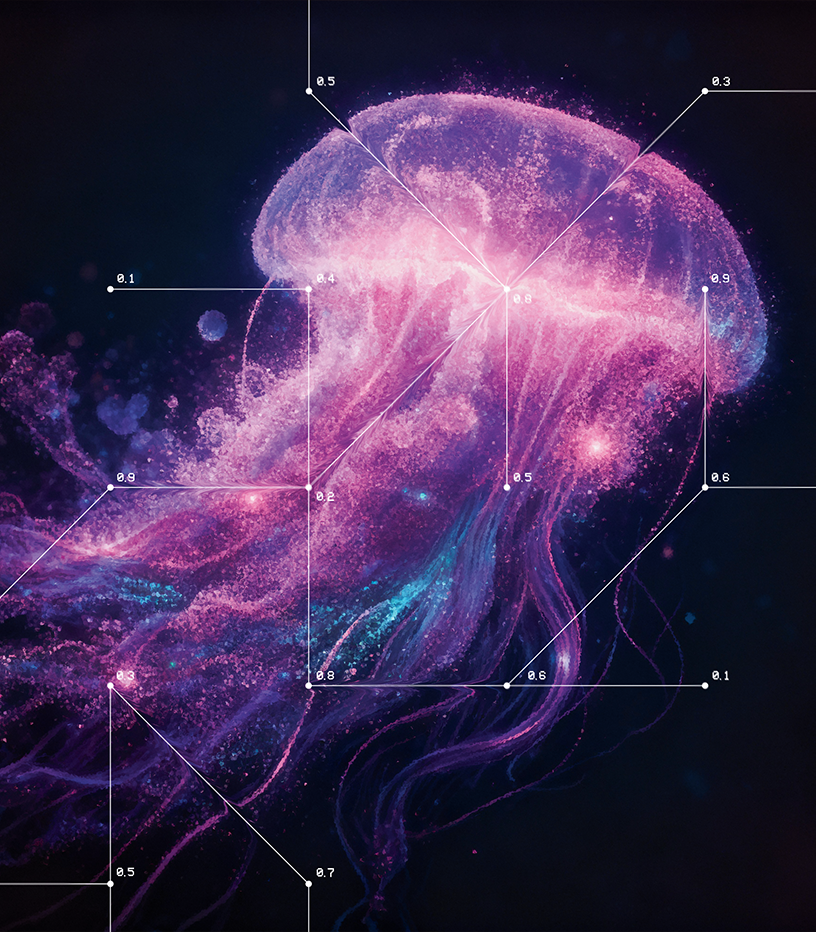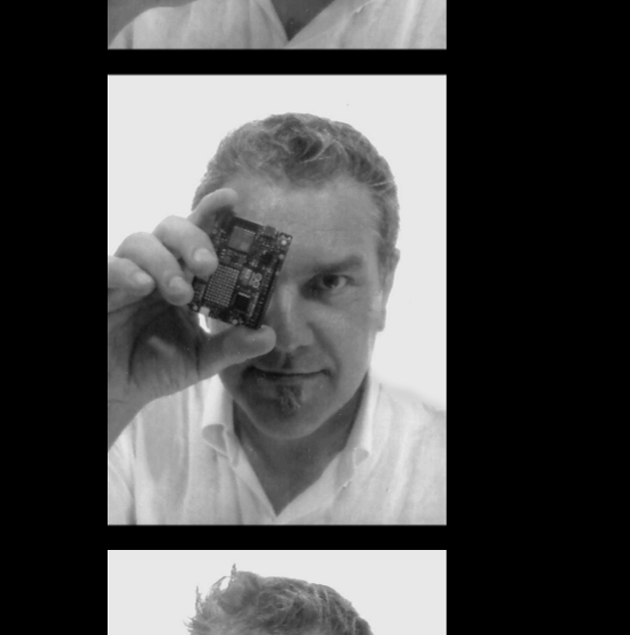Does designing digital experiences sound like your idea of happiness?
The three-year User Experience & User Interface – Interaction Design program prepares future designers for the digital age, equipping them to create and develop engaging products, services, systems, and interactive environments.
This course offers an innovative, interdisciplinary approach with two distinct specializations:
- User Experience & User Interface Design: Focused on advanced multimedia content, digital interfaces, and innovative service design.
Interaction Design: Centered on the design of interactive artifacts—including physical ones—and the integration of emerging technologies into products, systems, and environments to deliver innovative, fulfilling, and inclusive experiences.
Compila il form e un nostro tutor ti contatterà per rispondere alle tue domande.
MMode:On-site – Full time tTitle:User Experience & User Interface – Interaction Design dDuration:3 years IStart:October 2025 QWhen:To design intuitive and inclusive digital experiences through design, technology, and interaction. LLanguage:Italian CCredits:180 CFA
One program. Many career paths.
Thanks to a flexible curriculum and extra-curricular activities, this program opens the doors to a wide range of professional opportunities: from UX/UI design for websites and apps, to smart product development, immersive installations, and advanced multimedia content creation.
If your idea of happiness aligns with one of these careers, you’re in the right place:
- UI/UX Designer
Designs effective user interfaces and engaging digital experiences, optimizing navigation and usability for websites and applications. - Web Designer & Developer
Builds websites and web apps, managing both visual design and front-end/back-end development to ensure performance and a high-level user experience. - Multimedia Content Creator
Produces original digital content (2D/3D graphics, video, animation) to enrich interactive experiences, communication campaigns, and online platforms. - Digital Artist
Uses digital technologies as a creative medium for multimedia artworks, interactive installations, and digital events. - Interaction Designer
Designs how users interact with complex systems (smart products, connected spaces, installations), integrating hardware and software to create immersive, user-friendly experiences. - Smart Environments Designer
Designs intelligent, connected spaces (home automation, interactive public areas, high-tech museum installations) that enhance user experience through sensors and automation. - Creative Technologist
At the intersection of design and technology, this role experiments with cutting-edge digital innovations (from machine learning to IoT) to bring ideas to life through functional prototypes. - Prototyping Specialist
Expert in rapid prototyping and innovative proof-of-concept development, able to turn ideas into interactive, testable models for new products and services.
The AANT UX/UI and Interaction Designer will be a professional who:
- Has solid command of digital and interactive design methods and techniques
- Can meet the challenges of an increasingly digital, human-machine-interaction-driven world
- Combines a wide range of skills—from digital interface design to the creation of physical and virtual spaces
- Balances functionality with aesthetics, emerging tech with sustainability, people’s needs with innovative solutions
- Uses new technologies with ethical awareness, always considering the social and environmental impact of their design choices
Why choose AANT?
Top-tier faculty: Industry professionals with deep expertise and a passion for teaching, backed by strong experience in research and education both in Italy and internationally.
Cutting-edge facilities: Fully equipped academic spaces with the latest technologies, accessible to students beyond class hours.
Real-world learning: Workshops and multidisciplinary experiences that bring creativity into real-life projects, in collaboration with companies, institutions, and professional associations.

